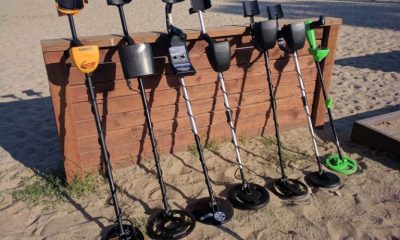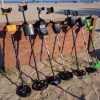Fishing lures come in a number of types, shapes, sizes and colours. While some of them become popular and are considered the hottest trend in fishing for a certain period of time and then they are quickly forgotten, there are many types that have enjoyed decades of popularity among fishermen. The key for a successful fishing trip lies in understanding which lures to use in which situation for the ultimate success. Let’s take a look at some of the main types of lures and see how operate with them underwater.
Jigs
This is the most versatile type of lures as these can catch almost every type of fish. They have a weighted lead head and are available in different colours and sizes. Jig fishing requires a lot of focus as all the action underwater (meaning – how the lure moves) depends on you. Therefore, if you don’t do anything, the jig will simply sink.
Plastic Tail Baits
Soft plastic baits cover a variety of lures which are mostly used for bass fishing. They are created by pouring liquid plastic into a mould and adding metallic flakes, dyes and sometimes even some kind of a scent. The most commonly used plastic tail baits resemble worms, fish, crawfish, frogs and lizards. However, there are some plastic baits that don’t actually resemble anything that can be found either in or out of the water – these are called creature baits or critters.
Spinners
Their ease of use makes spinners the ideal beginner lure. They are basically a metal shaft with a spinning blade. By dragging a spinner through water, the blade creates sounds and vibrations that attract fish. Operating with them is rather easy – just cast and retrieve. As long as the blade is spinning, they’re working just fine.
Spoons
When they first appeared, spoons were just that – spoons with their handle broken off. Today, they are curved metal pieces which can come in different colours and sizes and can vary depending on the fish you’re aiming for. It is the shape of this lure that gives its distinctive action. They move through water with a side-to-side wobble that resembles an injured baitfish, and the trick with this one is that game fish simply love injured baitfish. Win! Some spoons are designed to be trolled, some to be cast, and others to be jigged. Beginners are most likely to begin their fishing experience with casting spoons as these are the easiest ones to use.

















You must be logged in to post a comment Login